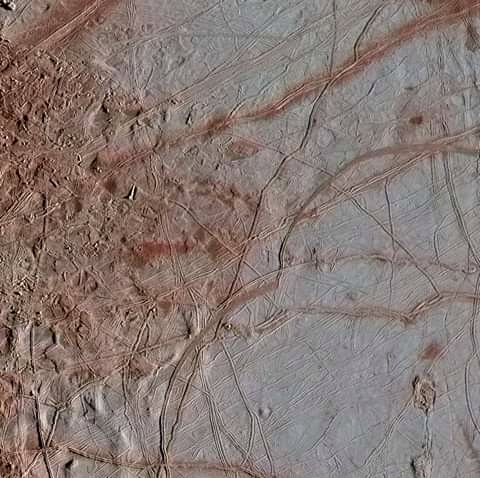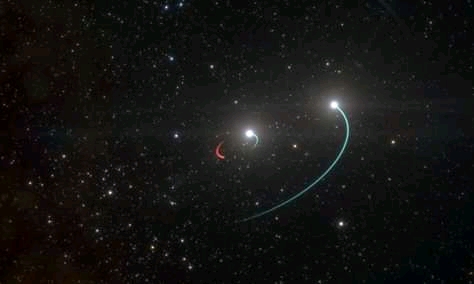Images shows chaotic detail of Jupiter icy moon Europa
Thanks to decade old images from an old Spacecraft scientist have gotten best view to date at the three chaotic patches on the surface of Jupiter's icy moon Europa.
NASA Galileo Spacecraft from (1995 - 2003) spent 8 years touring Jupiter and it made 11 flybys of Europa. Galileo captured a particularly detailed black and white images of Europa surface on Sept 26, 1998.
Europa Clipper Mission is a new NASA mission which is targeted to launch in 2023 or 2025, it will study Europa thiny atmosphere, icy surface, hypothesized ocean surface and internal magnetic field which will scientist their first look of Europa since Galileo mission.
While preparing for the new mission, scientists are trying to squeeze all data they can out of Galileo and thats where their processed image come in. In 1998, Galileo was able to captured images which showed the moon surface at just 1,500 feet.
Such detail is important because it out there is a lot going on at Europa surface. First of all, it is young, just 40-90 million years old, one of the freshest surface in the solar system compared to earth moon and the rest which is about 4.6 billion years old.
Europa ice is very active, its crossed with wide, flat bands where ice has formed between spreading blocks, ridges hundred feet tall where ice always bang together and separates.
Actually, Galileo images are grayscale shots of the moon's surface. And for Europa, colour photograph will tell scientists another detail and fact about the icy story, especially when expert emphasize small visible differents in colour which will explain white or blue area have higher level of pure water ice, red areas contain compounds like salts which is originated in the moon's hypothesized ocean.









Way to go man
ReplyDeleteGreat job
Good post
ReplyDeleteAwesome post and information!
ReplyDeleteGood
ReplyDeletevery nice & helpful blog..
ReplyDeleteplease visit my blog ......
https://kidscricketcoaching.blogspot.com/2020/05/episode-15-back-foot-defense-drill.html
Very well written
ReplyDeleteNice
ReplyDeleteVery informative article! Keep sharing.
ReplyDelete